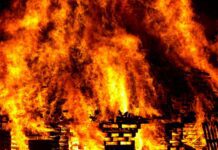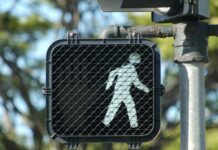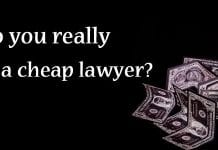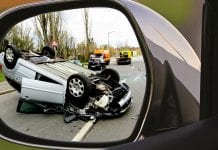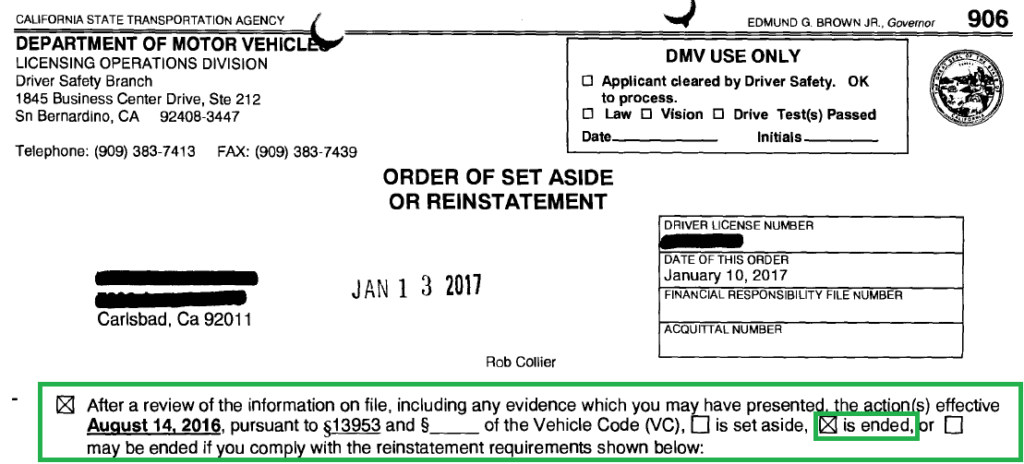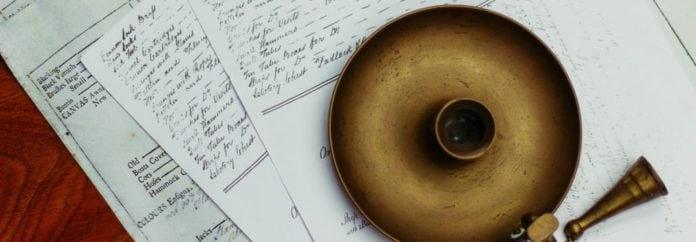A motion for summary judgment in California is the topic of this article. The statutory authorization for a motion for summary judgment in California is found in Code of Civil Procedure section 437c(a)(1) which states in pertinent part that, “Any party may move for summary judgment in any action or proceeding if it is contended that the action has no merit or that there is no defense to the action or proceeding.”
A party can also file a motion for summary adjudication along with a motion for summary judgment or in a separate motion. Summary adjudication is appropriate when the moving party can clearly show
- There is no triable issue of material fact as to whether a defendant did or did not owe a duty to the other party, and
- There is no merit to a claim for punitive damages as no reasonable jury would find clear and convincing evidence of malice, fraud, oppression, or approval by any principal against whom punitive damages are being sought.
Code of Procedure section 473(c) (f)(1) limits summary adjudication motions to four specific types of issues:
“A party may move for summary adjudication as to one or more causes of action within an action, one or more affirmative defenses, one or more claims for damages, or one or more issues of duty, if the party contends that the cause of action has no merit, that there is no affirmative defense to the cause of action, that there is no merit to an affirmative defense as to any cause of action, that there is no merit to a claim for damages, as specified in Section 3294 of the Civil Code, or that one or more defendants either owed or did not owe a duty to the plaintiff or plaintiffs. A motion for summary adjudication shall be granted only if it completely disposes of a cause of action, an affirmative defense, a claim for damages, or an issue of duty.”
ADVANTAGES OF A MOTION FOR SUMMARY JUDGMENT IN CALIFORNIA
The advantage of filing a motion for summary judgment in California is that if the moving party can provide enough specific facts and evidence to convince the Court that there are no triable issues of material fact they can win their motion for summary judgment and avoid the delay and expense of having to proceed to trial.
California law states that if there are no triable issues of material facts the Court must grant the motion as Code of Civil Procedure section 437c(c) states in pertinent part that, “The motion for summary judgment shall be granted if all the papers submitted show that there is no triable issue as to any material fact and that the moving party is entitled to a judgment as a matter of law.”
REQUIREMENTS FOR A MOTION FOR SUMMARY JUDGMENT IN CALIFORNIA
California law does impose several strict requirements that must be met in filing a motion for summary judgment.
- The party moving for summary judgment must wait until at least 60 days have passed since the general appearance of the party or parties against whom the motion is directed unless the Court orders otherwise pursuant to Code of Civil Procedure section § 437c(a)(1).
- The party filing a motion for summary judgment must give a minimum of 75 calendar day’s notice of the hearing on the motion for summary judgment. California law does not specify any statutory procedure for shortening the notice period for a motion for summary judgment.
- A motion for summary judgment in California must be heard no later than 30 days before the date of the trial unless the court orders otherwise.
Code of Civil Procedure § 437c(a)(2) states that, “Notice of the motion and supporting papers shall be served on all other parties to the action at least 75 days before the time appointed for hearing. If the notice is served by mail, the required 75-day period of notice shall be increased by 5 days if the place of address is within the State of California, 10 days if the place of address is outside the State of California but within the United States, and 20 days if the place of address is outside the United States. If the notice is served by facsimile transmission, express mail, or another method of delivery providing for overnight delivery, the required 75-day period of notice shall be increased by two court days.”
Code of Civil Procedure § 437c(a)(3) states that, “The motion shall be heard no later than 30 days before the date of trial, unless the court for good cause orders otherwise. The filing of the motion shall not extend the time within which a party must otherwise file a responsive pleading.”
Another important requirement on a motion for summary judgment in California is that the moving party must include what is known as a separate statement of undisputed material facts which lists all material facts that they contend are undisputed. The separate statement must also include a reference to the supporting evidence for each individual material fact.
A motion for summary judgment can be supported by affidavits or declarations, admissions, responses to interrogatories and deposition transcripts.
Code of Civil Procedure § 437c (b)(1) states that,
“The motion shall be supported by affidavits, declarations, admissions, answers to interrogatories, depositions, and matters of which judicial notice shall or may be taken. The supporting papers shall include a separate statement setting forth plainly and concisely all material facts that the moving party contends are undisputed. Each of the material facts stated shall be followed by a reference to the supporting evidence. The failure to comply with this requirement of a separate statement may in the court’s discretion constitute a sufficient ground for denying the motion.”
BURDEN OF PROOF FOR PARTY FILING A MOTION FOR SUMMARY JUDGMENT
A plaintiff filing a motion for summary judgment must meet their burden of showing that there is no defense to a cause of action and that they moving party has proved each element required for that cause of action which would entitle them to judgment.
Once the plaintiff has met their burden the defendant must then show that a triable issue of material fact or facts exists as to that cause of action or their defense to that cause of action. The defendant cannot just rely on any allegations in their answer but must detail the specific facts showing that a triable issue of material fact exists as to that cause of action or their defense to that cause of action. Thus a plaintiff in a case where all of the facts and evidence obtained during discovery clearly shows that a defendant has no defense to their complaint has a very good chance of winning a motion for summary judgment.
A defendant filing a motion for summary judgment must meet their burden of showing that a cause of action has no merit by showing that one or more elements of a cause of action, even if not separately pleaded, cannot be established, or that there is a complete defense to that cause of action. Once the defendant has met their burden the plaintiff must then show that a triable issue of one or more material facts exists as to that cause of action or a defense to that cause of action.
The plaintiff cannot just rely on any allegations in complaint but must detail the specific facts showing that a triable issue of material fact exists as to that cause of action or their defense to that cause of action.
This means that a defendant in a case where all of the facts and evidence obtained during discovery clearly shows that the plaintiff has no case against them has a very good chance of winning a motion for summary judgment.
Code of Civil Procedure § 437c(p)(1) and (2) state that for purposes of motions for summary judgment and summary adjudication,
“(1) A plaintiff or cross-complainant has met his or her burden of showing that there is no defense to a cause of action if that party has proved each element of the cause of action entitling the party to judgment on that cause of action. Once the plaintiff or cross-complainant has met that burden, the burden shifts to the defendant or cross-defendant to show that a triable issue of one or more material facts exists as to that cause of action or a defense thereto. The defendant or cross-defendant may not rely upon the mere allegations or denials of its pleadings to show that a triable issue of material fact exists but, instead, shall set forth the specific facts showing that a triable issue of material fact exists as to that cause of action or a defense thereto.”
(2) A defendant or cross-defendant has met his or her burden of showing that a cause of action has no merit if that party has shown that one or more elements of the cause of action, even if not separately pleaded, cannot be established, or that there is a complete defense to that cause of action. Once the defendant or cross-defendant has met that burden, the burden shifts to the plaintiff or cross-complainant to show that a triable issue of one or more material facts exists as to that cause of action or a defense thereto. The plaintiff or cross-complainant may not rely upon the mere allegations or denials of its pleadings to show that a triable issue of material fact exists but, instead, shall set forth the specific facts showing that a triable issue of material fact exists as to that cause of action or a defense thereto.”
An experienced litigation attorney can analyze all of the unique facts and circumstances of any particular case in order to determine if filing a motion for summary judgment is a good strategy.
Law Offices of Nathan Mubasher
2621 Green River Rd, Ste 105 PMB 403
Corona, CA 92882
tel 1-800-691-2721 | fax 1-310-356-3660
www.mubasherlaw.com

